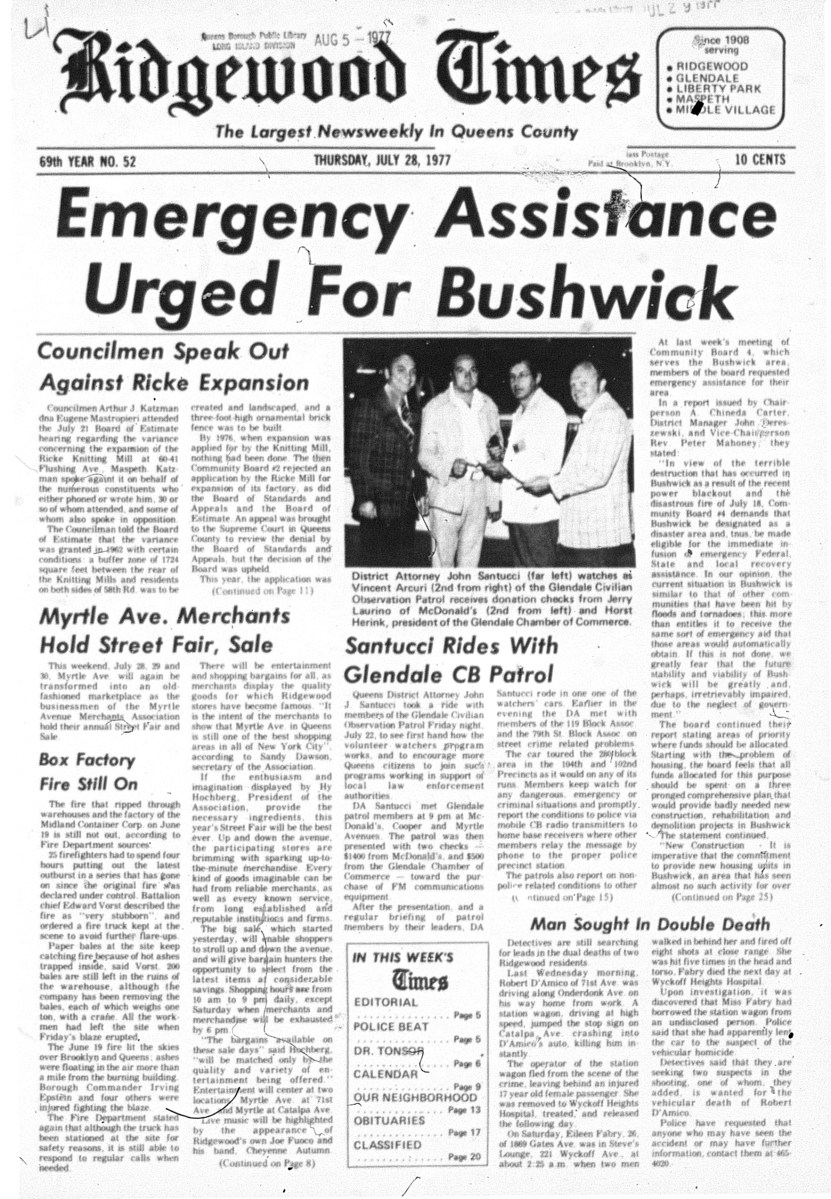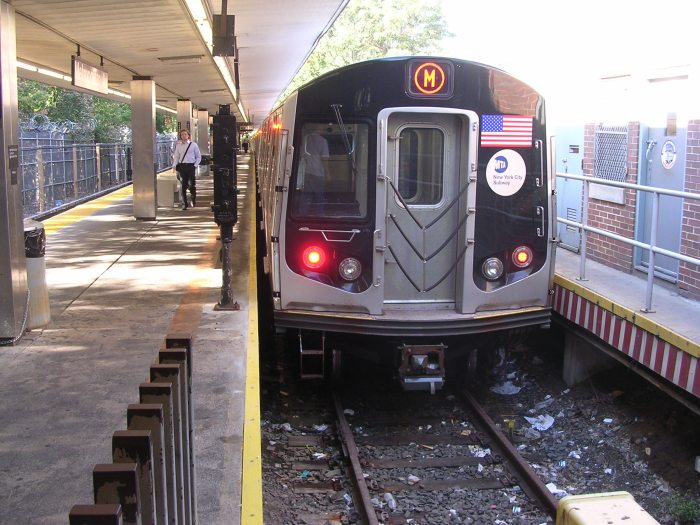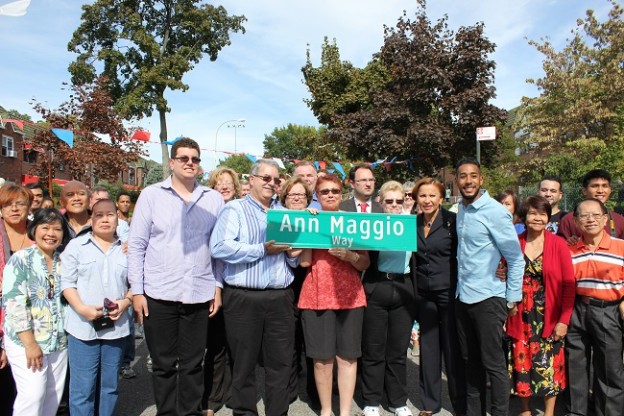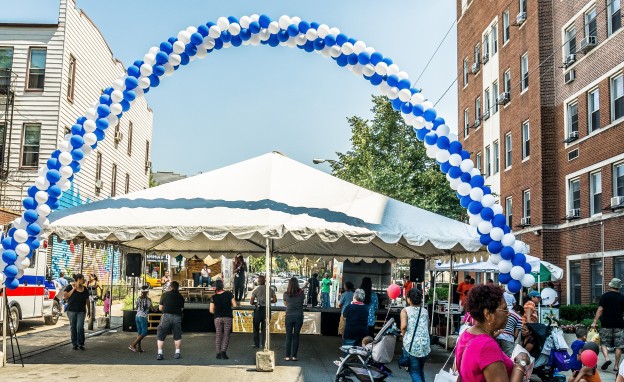Anyone who lived in Ridgewood or Glendale during the 1970s and witnessed the city falling apart all around them like dominoes probably wondered, at some point, when the tumble would begin in their backyard.
Looking west into Bushwick filled one with great despair. The community had been ravaged by blockbusting and red-lining — two unscrupulous real estate tactics that destroyed property values.
The end result: Abandoned homes, and almost nightly acts of arson that reduced entire blocks of the neighborhood to ashes. It would take Bushwick decades to recover from the damage.
Looking further west and across the river to Manhattan, and one wondered just how much longer the city government would survive. Mired in debt, the city teetered on the brink of bankruptcy, requiring financial help from the state and federal governments and a good dose of cost-cutting to pare expenses.
Vital services were reduced. The city had to do more with less. But that also meant every community had less places to turn to in city government to deal with the needs they had — including education and public safety.
In the face of all these problems, residents in the Greater Ridgewood area rose to the occasion, rolled up their sleeves and did what they could to prevent the ravages of urban decay from spreading into their communities.
Eyes and ears for Glendale
In 1976, Glendale residents banded together to form the Glendale Civilian Observation Patrol (GCOP). Over the next 40 years and beyond, the organization would work closely with the 104th Precinct, serving primarily as extra sets of eyes and ears patrolling the streets to guard against any criminal activity.
Their efforts were highlighted in the July 28, 1977, Ridgewood Times with a front page story about the then-Queens district attorney, John Santucci, participating in a ride-along with GCOP members. Santucci wanted “to see first hand how the volunteer watchers program works, and to encourage more Queens residents to join such programs in support of local law enforcement authorities,” according to the report.
Here’s a further excerpt of the story:
DA Santucci met Glendale patrol members at 9 p.m. [on July 22] at McDonald’s, Cooper and Myrtle Avenues. The patrol was then presented with two checks — $1,400 from McDonald’s and $500 from the Glendale Chamber of Commerce — toward the purchase of FM communications equipment.
After the presentation, and a regular briefing of patrol members by their leaders, DA Santucci rode in one of the watcher’s cars. Earlier in the evening, the DA met with members of the 119 Block Association and the 79th Street Block Association on street crime-related problems.
The car toured the 280 block area in the 104th and 102nd Precincts, as it would on any of its runs. Members keep watch for any dangerous, emergency or criminal situations and promptly report the conditions to police via mobile CB radio transmitters to home base receivers where other members relay the message by phone to the proper police precinct station.
The patrols also report on non-police related conditions to other public agencies such as defective lights, potholes, missing traffic signs and the like.
Santucci said, “I welcome the opportunity to go on a patrol tour with the Glendale civilian observers because I want to see the operation from the inside, and because I hope my participation can serve as encouragement to others to join such efforts in their communities.”
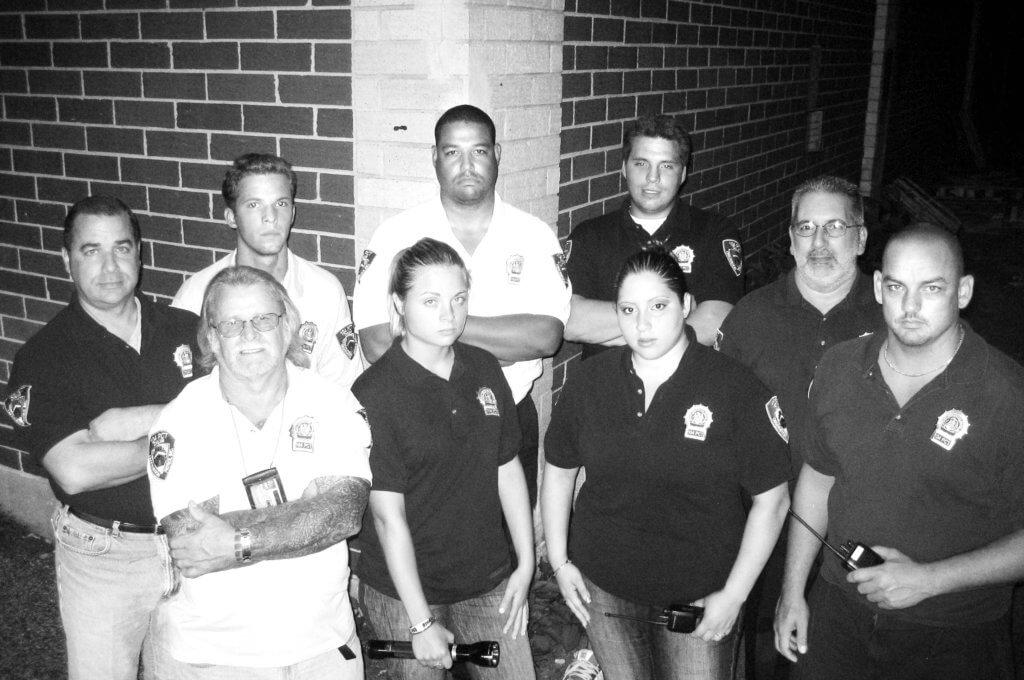
Even as the city improved in the decades to come, GCOP remained a vital part of the community, continuing and broadening its mission of public service to the areas of Ridgewood, Glendale, Maspeth and Middle Village. In the last decade, the patrol changed its name to the 104th Precinct Civilian Observation Patrol (104COP) to better reflect its coverage area.
Along with regular overnight patrols, you’re likely to find 104COP members assisting the NYPD in providing crowd control at local parades.
Keeping business thriving
Beyond public safety, another great concern for the Greater Ridgewood area during the summer of 1977 was the vibrancy of the Myrtle Avenue business strip.
The Aug. 4, 1977, Ridgewood Times featured a front page story on a meeting of a special committee formed within Community Board 5, the Myrtle Avenue Revitalization Committee. This panel, as you might expect from the name alone, focused on boosting business along the Myrtle Avenue shopping strip in Ridgewood.
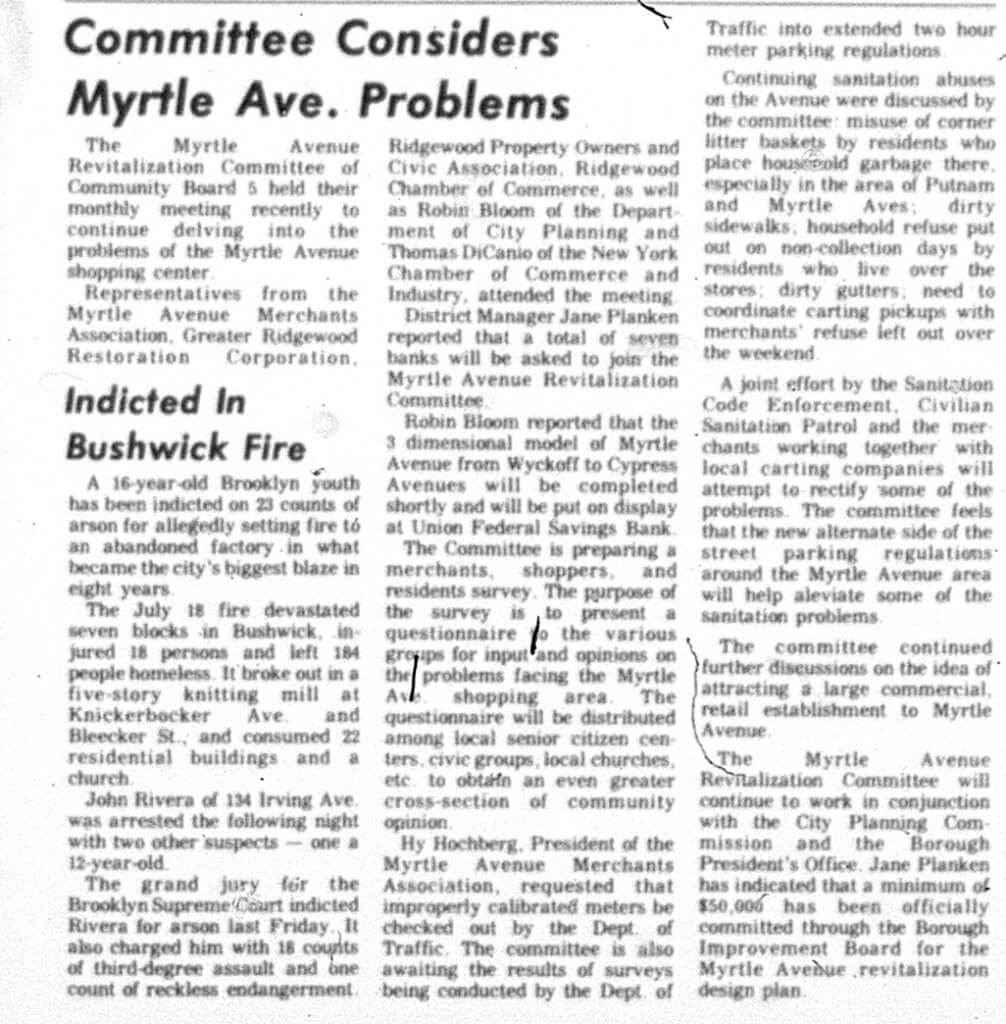
Here’s some information about the committee’s meeting from that story:
The Committee is preparing a merchants, shoppers and residents survey. The purpose of the survey is to present a questionnaire to the various groups for input and opinions on the problems facing the Myrtle Avenue shopping area. The questionnaire will be distributed among local senior citizen centers, civic groups, local churches, etc. to obtain an even greater cross-section of community opinion.
Hy Hochberg, president of the Myrtle Avenue Merchants Association, requested that improperly calibrated meters be checked out by the Department of Traffic. The committee is also awaiting the results of surveys being conducted by the Department of Traffic into extending two-hour meter parking regulations.
Continuing sanitation abuses on the Avenue were discussed by the committee: misuse of corner litter baskets by residents who place household garbage there, especially in the area of Putnam and Myrtle Avenues; dirty sidewalks; household refuse put out on non-collection days by residents who live over the stores; dirty gutters; and the need to coordinate carting pickups with merchants’ refuse left out over the weekend…
The committee continued further discussion on the idea of attracting a large commercial retail establishment to Myrtle Avenue.
The Myrtle Avenue Revitalization Committee will continue to work in conjunction with the City Planning Commission and the Borough President’s Office. [Community Board 5 District Manager] Jane Planken has indicated that a minimum of $50,000 has been officially committed through the Borough Improvement Board for the Myrtle Avenue revitalization design plan.
The Myrtle Avenue Revitalization Committee turned out to be, in many respects, a forerunner to the Myrtle Avenue Business Improvement District (BID), operated by the Ridgewood Local Development Corporation. The BID, a city-supported program, is dedicated to helping small businesses thrive along Myrtle Avenue while also receiving vital services to keep up appearances.
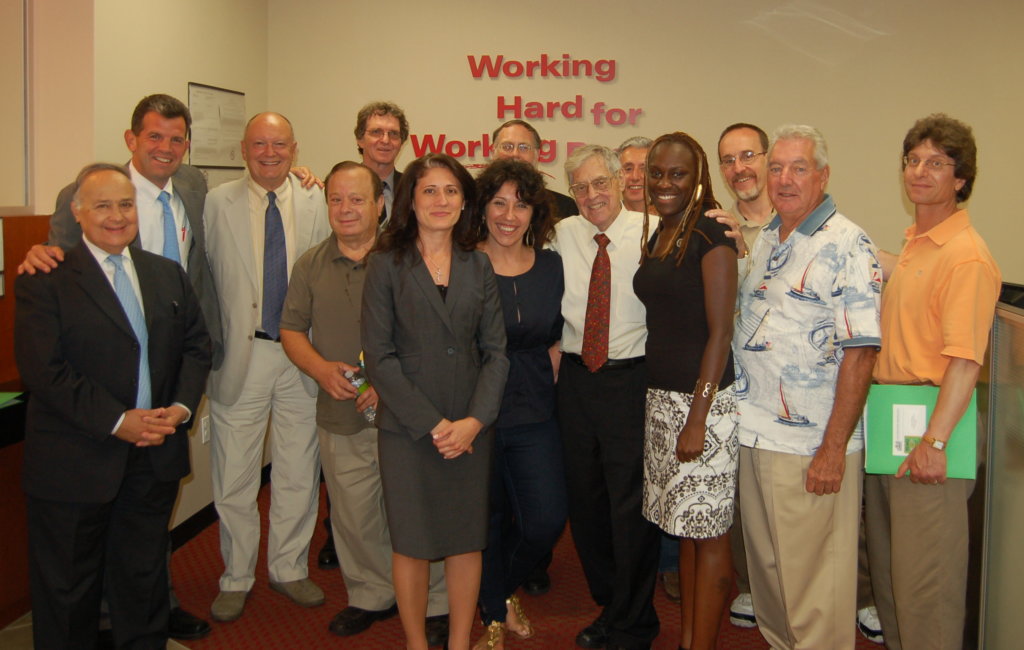
Over the years, the Myrtle Avenue strip received numerous capital improvements and expanded sanitation and other services. The Myrtle Avenue BID coordinates many events each year, including street fairs along the avenue and arranges for holiday lights displays during the Christmas/Hanukkah/Kwanzaa shopping season.
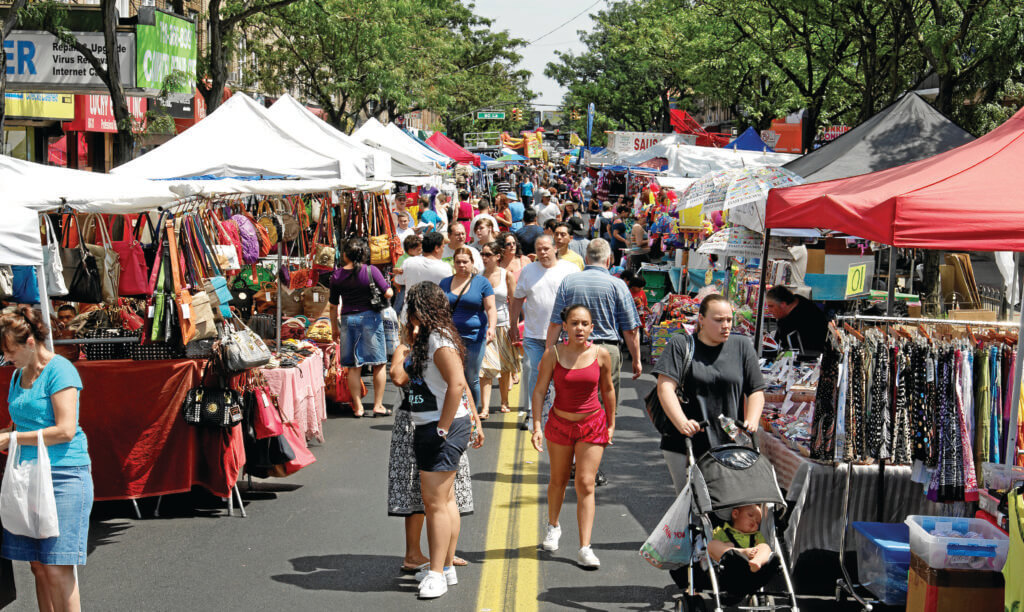
Today, the Myrtle Avenue shopping area in Ridgewood — which runs primarily from Fresh Pond Road to Wyckoff Avenue — remains one of the most vibrant in Queens, offering local residents and shoppers from all around Queens with a wide variety of small businesses and national chain stores catering to their every need.
The Myrtle Avenue BID, along with the 104th Precinct Civilian Observation Patrol, are just two local organizations born out of a desperate time in our history which not only helped keep the neighborhood survive that troubled period, but also continue to thrive today.
* * *
If you have any remembrances or old photographs of “Our Neighborhood: The Way It Was” that you would like to share with our readers, please write to the Old Timer, c/o Ridgewood Times, 38-15 Bell Blvd., Bayside, NY 11361, or send an email to editorial@ridgewoodtimes.com. Any print photographs mailed to us will be carefully returned to you upon request.

